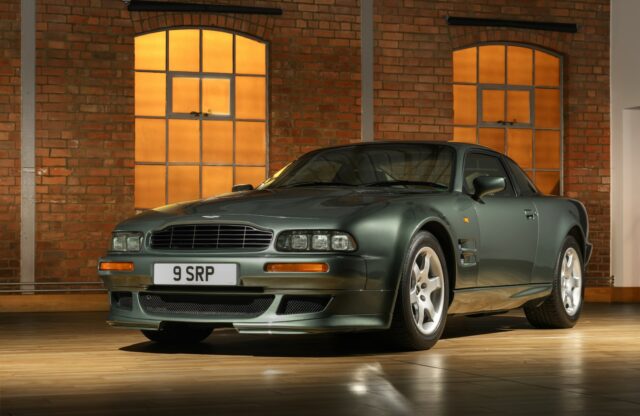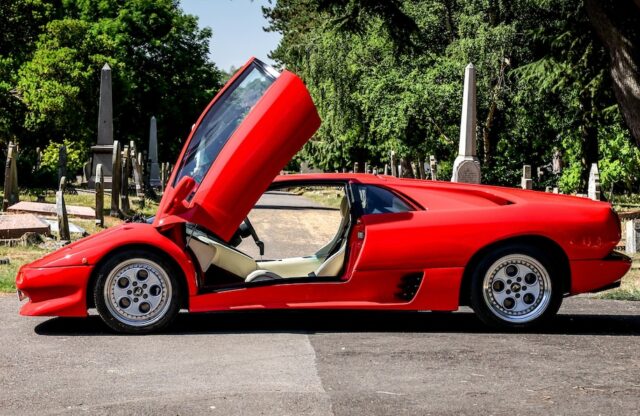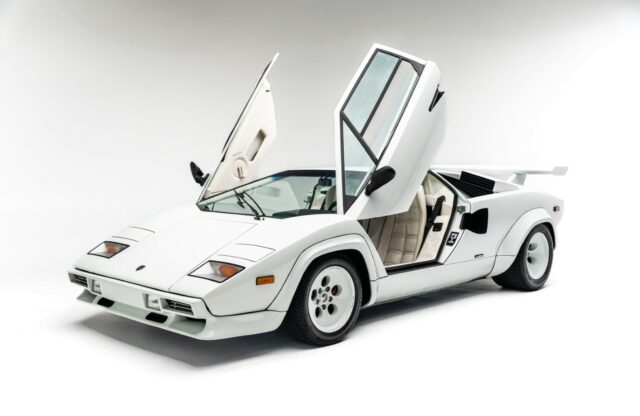WORDS: ELLIOTT HUGHES | PHOTOS: ASTON MARTIN
Thirty years ago, at the British Motor Show, Aston Martin unveiled the V8 Vantage V550 as its flagship supercar of the era. Armed with a twin-supercharged 5.3-litre V8, the newcomer delivered 550bhp and 550lb ft of torque to the rear wheels via a ZF six-speed manual transmission.
This means that the V550 developed 220bhp more than its predecessor, the Virage, despite being fitted with broadly the same V8. The huge power increase allowed the V550 to accelerate from 0-60mph in just 4.6 seconds and onto a top speed of 186mph. That’s quick even by today’s standards.
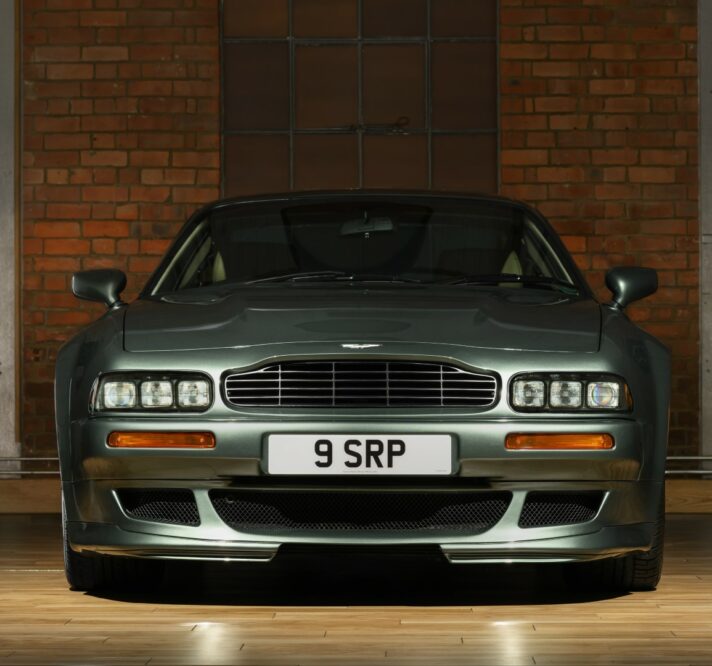
The key to the V550’s performance was the pair of Eaton M90 superchargers force-feeding air into each bank of the 5.3-litre V8
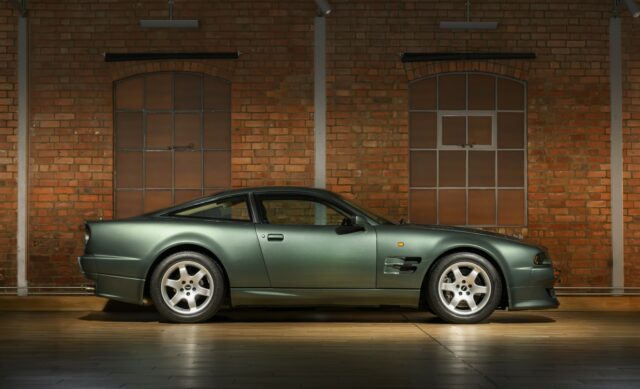
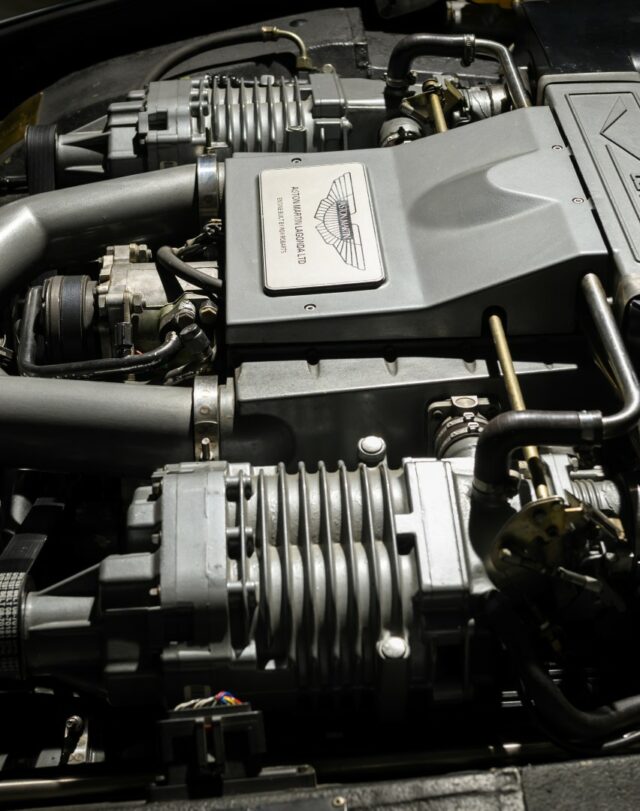
Such levels of performance were nothing short of spectacular for the time, rivalled only by legendary supercars such as the Jaguar XJ220, Bugatti EB110 and McLaren F1. Somewhat predictably, the V550 received rave reviews from the motoring media.
One such review came from Jeremy Clarkson, who wrote in his inaugural review for The Sunday Times: “Calling the performance explosive is like calling the space shuttle jolly clever… you will not have felt, or heard, anything like it in your life before.” Clarkson is renowned for his use of hyperbole, yet in this instance the acclaim was far from an overstatement.
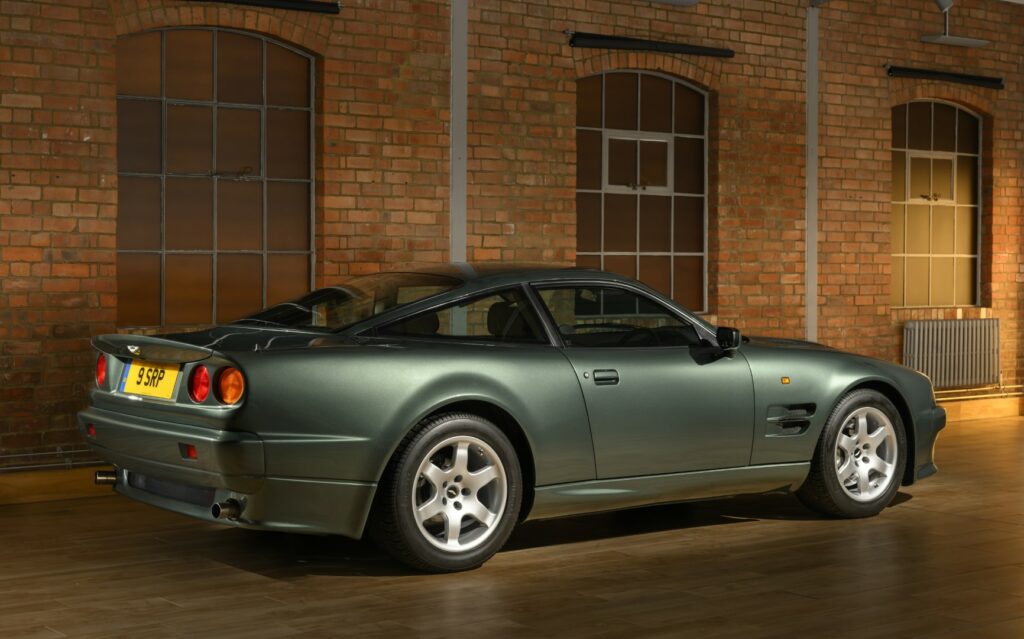
The key to the V550’s performance was the pair of Eaton M90 superchargers force-feeding air into each bank of the 5.3-litre V8. Complementing the banshee whine of the superchargers were a mechanical limited-slip differential and the largest brakes then fitted to a production car – 362mm on the front axle and 310mm at the rear. The huge four-piston AP racing brakes were housed behind 18-inch wheels, accommodated under the bodywork by dramatic flared arches.
Yet despite such performance credentials, the V550 was no stripped-out track-day machine. Open the driver’s door and you’ll find a luxuriously appointed cabin with thick-pile Wilton carpets, walnut veneer trim, airbags and electronically adjustable seats trimmed in Connolly hide. Such trappings of luxury meant the car weighed 1990kg – a considerable figure for the time, which made its swift turn of pace all the more impressive.
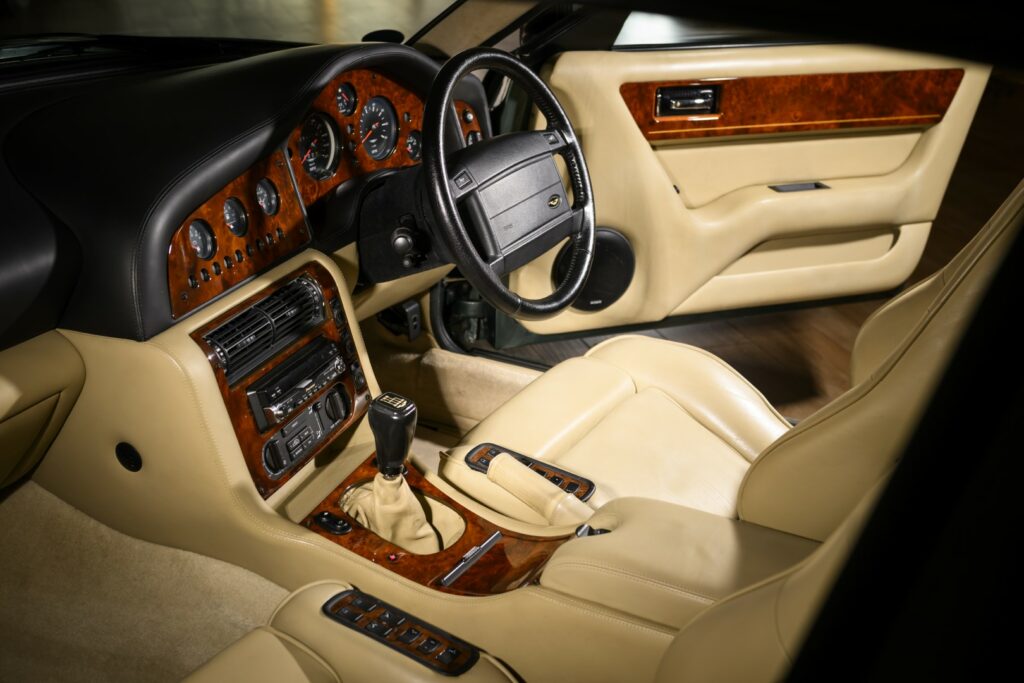
The V550 cost £177,000 at launch (around £440,000 in today’s money), which meant just 239 examples rolled off the Newport Pagnell production line between 1993 and 1999. With such incredible performance, cosseting luxury and imposing road presence, it’s curious that the V550 remains a relatively obscure machine. So, here’s to 30 years of one of Aston’s great British muscle cars – it’s about time the V550 got some recognition again.
